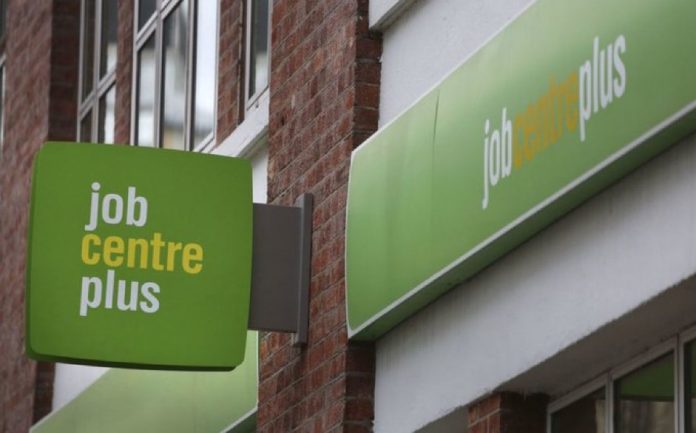The rate of UK unemployment fell to 3.8% in the three months to December from 3.9% in the previous three months, the Office for National Statistics said
The figures show that there 87,000 fewer people out of work than three months ago and there 413,000 more people on payrolls than a year ago
Wages are rising faster than the rate of inflation at 5.8%
Commenting on the figures Ben Harrison, Director of the Work Foundation at Lancaster University, a leading think tank for improving working lives in the UK says
Ahead of the last Spring Budget before the General Election, today’s figures show the
“For millions the cost of living crisis is not over, and yet the tide is continuing to turn on pay. After record pay increases in September 2023, workers are now seeing only modest real wage growth of 1.4%. This underpins why the OBR is forecasting living standards will be 3.5% lower in 2024-25 than before the pandemic.
“Data shows there are now 2.8 million people who are economic inactive due to long-term sickness, which is at one of the highest levels since records began in 1993. The recently revised ONS figures show that since before the pandemic, the UK now has just under 700,000 more working age adults out of the labour market due to work due ill health.
“Against this backdrop, the Government may be tempted to tighten welfare sanctions even further to help fill the 932,000 vacancies and reduce the benefit bill.
“Doing so will risk pushing those reliant on Universal Credit into low quality, insecure work – which could exacerbate any underlying health condition they have, and is unlikely to lead to sustained employment. Instead, the focus should be on scaling up investment in the availability of health and occupational support services, and driving up the quality of jobs on offer.”







